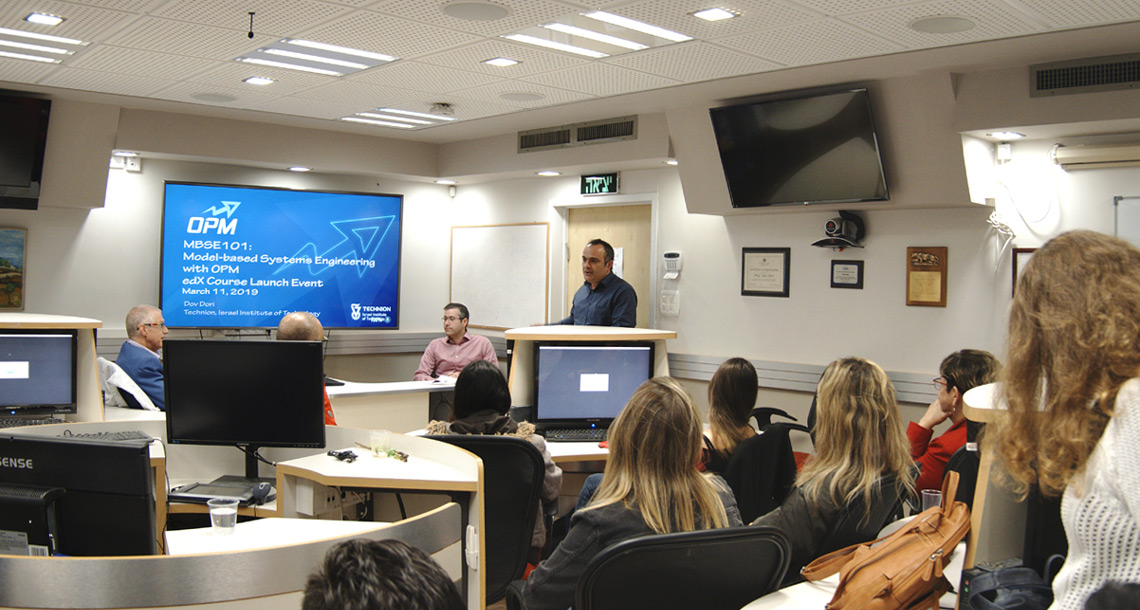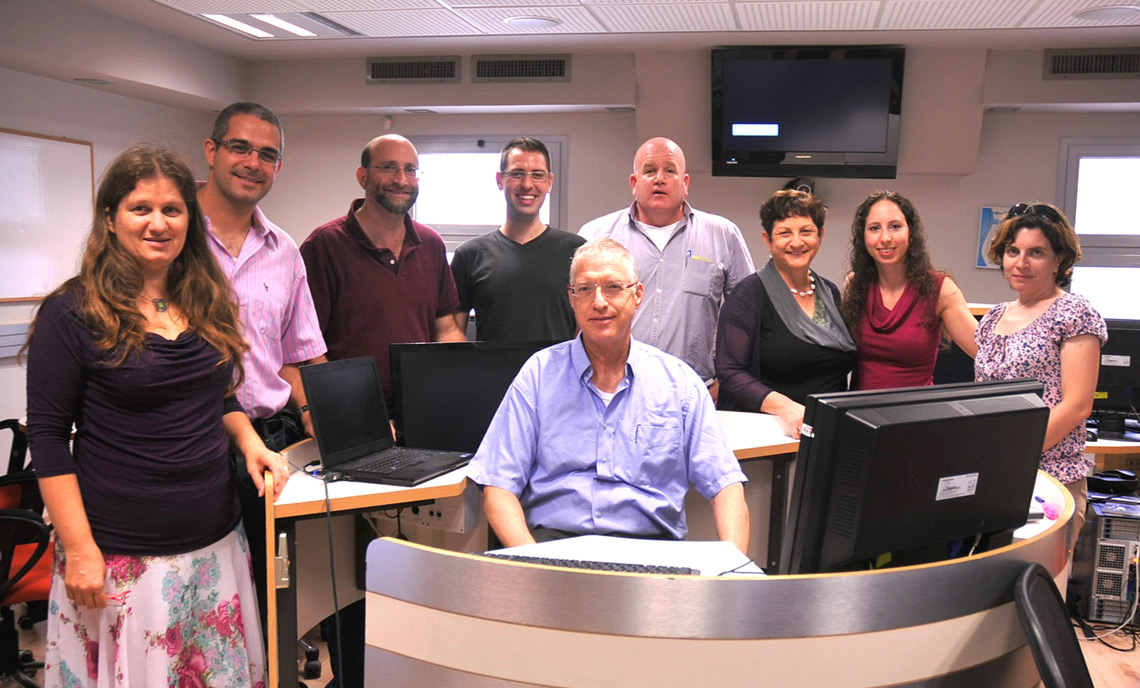
ESML donors are Haim and Eugenie Pardo.
Our mission is promote research in conceptual modeling and model-based systems engineering (MBSE) in academia and industry.
Object-Process Methodology OPM ISO 19450 is a modeling language and a holistic MBSE approach. Invented in 1995 by Prof. Dov Dori at the Technion and MIT, OPM has become a leading MBSE language and methodology used in industry and researched in academia. OPM is built on a minimal universal ontology of objects and processes that transform them. OPM models are represented in both graphics and equivalent text. OPCloud is a cloud-based collaborative enterprise software environment for OPM-based modeling and model-based systems engineering developed and supported by our lab.
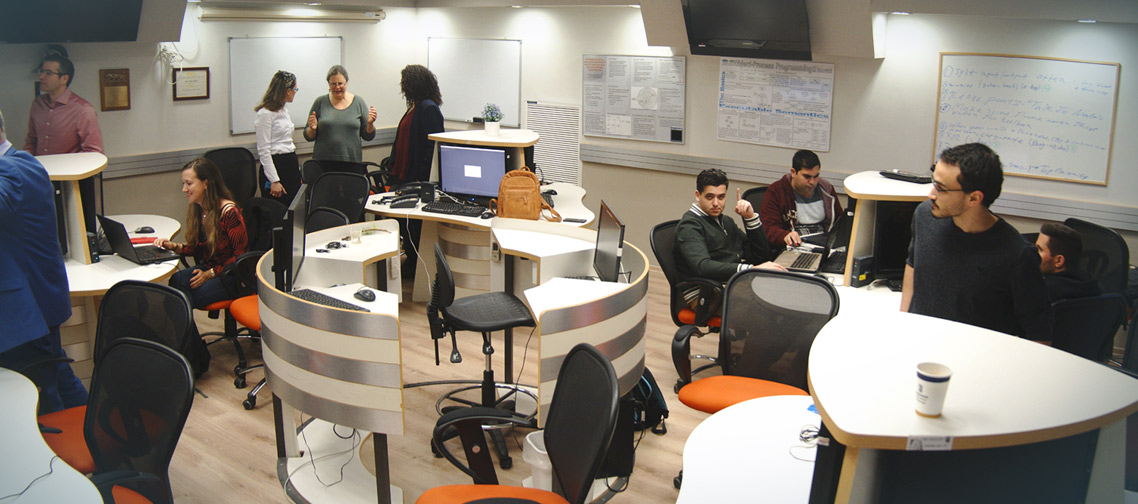
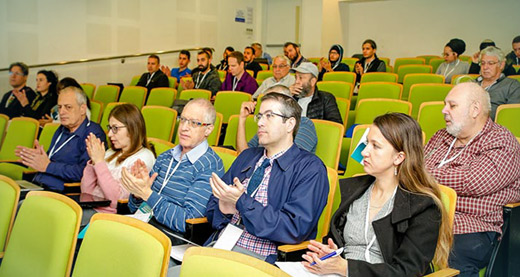 For undergraduate teaching, the studio concept is the underlying guideline for the laboratory. This is a novel, yet already proven, educational concept, which puts the student as an individual and students as teams, rather than the professor, at the center stage of the pedagogical process. In each session, a balanced mix of short introductory presentation of ideas and concepts at the theoretical level by the professor is followed by structured teamwork by teams of students who are assigned with manageable study packages. Each such package calls for modeling of some portion of the enterprise or a business process within it using the software tools taught in the course as part of the laboratory activity. Teamwork is central in this activity as it emulates real industrial and commercial environments, where no one is a solo performer and no significant achievement can be the result of the actions of any single individual.
For undergraduate teaching, the studio concept is the underlying guideline for the laboratory. This is a novel, yet already proven, educational concept, which puts the student as an individual and students as teams, rather than the professor, at the center stage of the pedagogical process. In each session, a balanced mix of short introductory presentation of ideas and concepts at the theoretical level by the professor is followed by structured teamwork by teams of students who are assigned with manageable study packages. Each such package calls for modeling of some portion of the enterprise or a business process within it using the software tools taught in the course as part of the laboratory activity. Teamwork is central in this activity as it emulates real industrial and commercial environments, where no one is a solo performer and no significant achievement can be the result of the actions of any single individual.
Students work in teams of variable sizes according to the needs and class size. Each team can, for example, play the role of an enterprise with four main departments, e.g., marketing, logistics, manufacturing, and support. Each pair runs a department, models it, studies the relevant ERP software modules that were developed to support it, and interacts with the rest of the departments in the enterprise.
In early sessions, all the teams are engaged in the same tasks in order to be exposed to the basic technologies and techniques. As the course progresses, each team can assume a different role in the supply chain, so teams will learn to collaborate with each other and/or compete on the same market. Teams can also represent different industry sectors, such as discrete or continuous manufacturing, finance, health care, etc. Modern ERP software packages are already designed to support this variability and the students can experience these specializations.
Due to the central and increasing role of enterprise systems modeling (ESM), students at the Faculty of Industrial Engineering and Management at both the undergraduate and graduate levels must get deep exposure to ESM as an intellectual activity that is backed by a set of the most advanced software environments and tools.
At the undergraduate level, ESM is a major component of the professional preparation of students studying towards B.Sc. in Industrial Engineering and Management, Information Systems Engineering, and Economics and Management. Theoretical, face-to-face lectures do not constitute an adequate learning environment for this type of student preparation.
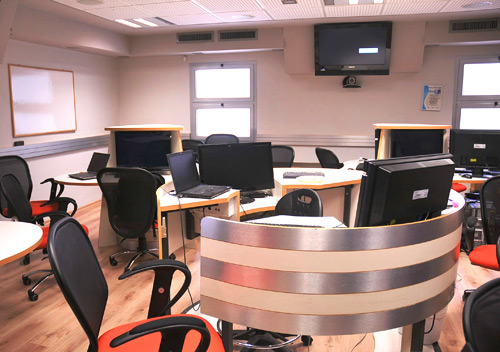 The physical infrastructure described below is inspired by the Technology-Enabled Active Learning (TEAL) project at MIT for undergraduate physics teaching. Elaborate formative assessment has proven the effectiveness of this approach. A similar room on a smaller scale has been built and is in use at the Technion’s Dept. of Education in Technology and Science for chemistry teaching.
The physical infrastructure described below is inspired by the Technology-Enabled Active Learning (TEAL) project at MIT for undergraduate physics teaching. Elaborate formative assessment has proven the effectiveness of this approach. A similar room on a smaller scale has been built and is in use at the Technion’s Dept. of Education in Technology and Science for chemistry teaching.
This physical infrastructure achieves the goals that are derived from the educational concept. It constitutes a departure from the traditional frontal teaching mode and lecture hall to the studio approach. The lab is a 7 by 7 meters room with five clover-shaped desks with three computers each around the professor’s station and four viewing screens, one on each wall.
A server connects the 17 computers of the lab so study and research can be done collaboratively.
A High-Definition Video-Conferencing facility enables to hold joint sessions with universities and institutions worldwide.
